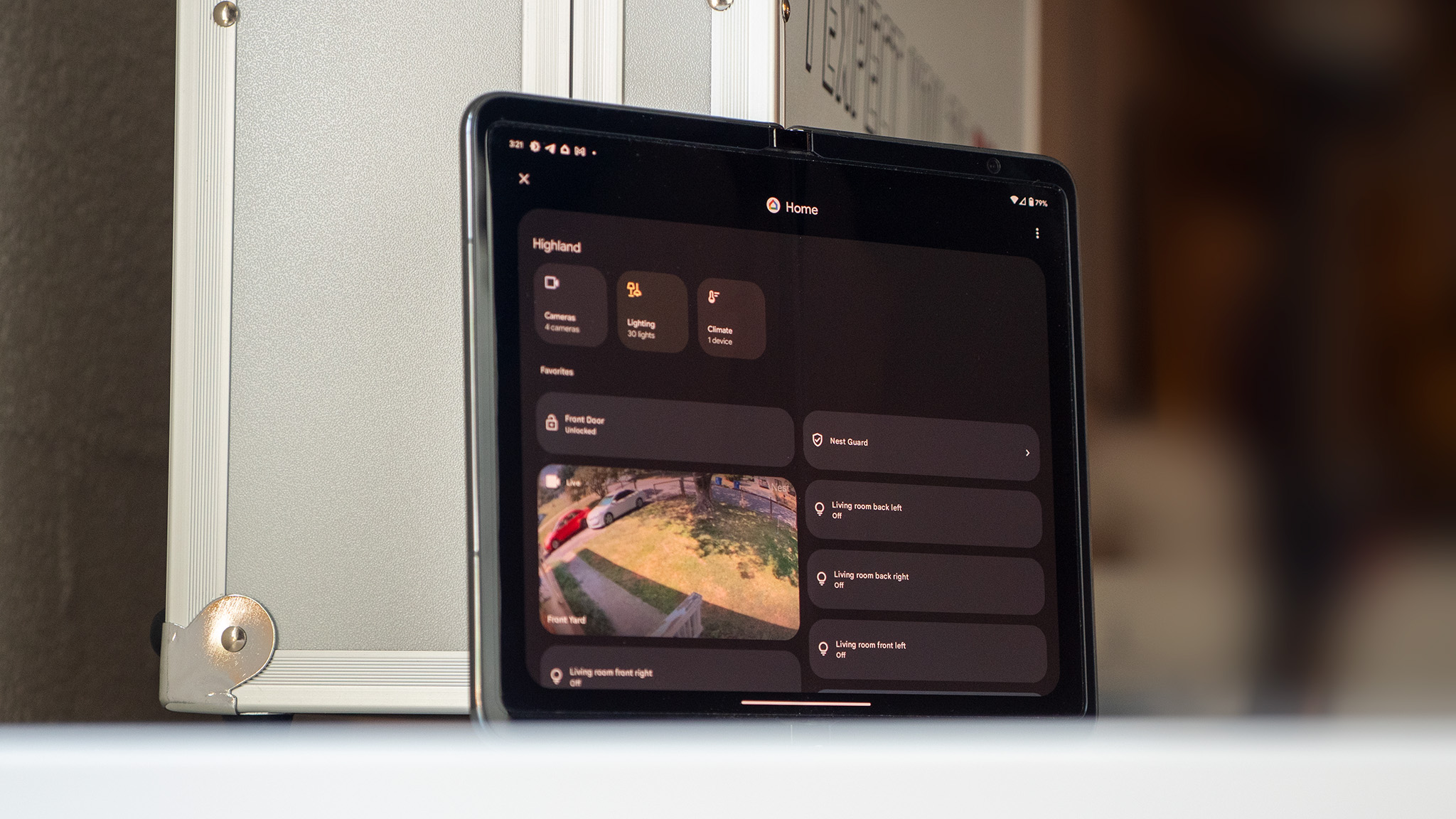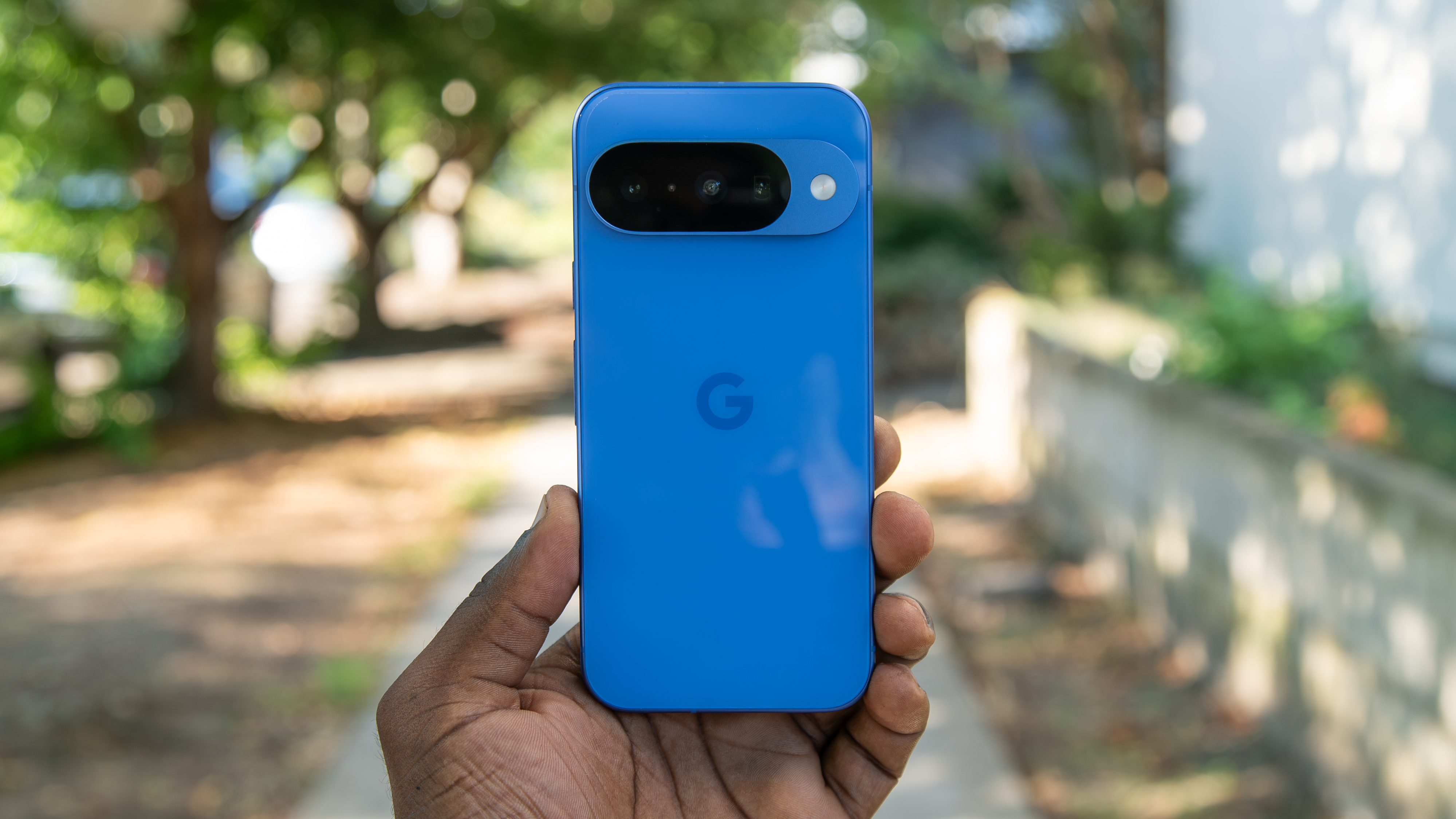What the new Matter upgrade means for your smart home
Nine new device types and less confusion than ever.

What you need to know
- The Matter 1.2 upgrade is available to device manufacturers now and should arrive to Matter-ready devices in the near future.
- Matter 1.2 includes support for nine new device types, meaning a single app can now control a lot more smart home devices.
- The Connectivity Standards Alliance also improved several existing Matter capabilities, including device colors and descriptions, connectivity hierarchy, and more.
Smart home connectivity simplicity matters, and that's exactly why the Matter standard was born. To celebrate the new standard's first birthday, the Connectivity Standards Alliance (CSA) — that's the group of 675 companies behind the Matter standard — is launching Matter 1.2, complete with new features, refinements of existing features, and more (per the Verge).
Starting off the list of changes is the inclusion of nine new device types in the Matter standard: air quality sensors, air purifiers, dishwashers, fans, laundry washers, refrigerators, room air conditioners, robotic vacuums, and smoke & carbon monoxide alarms.
That means that the best smart home devices can be updated to include the new Matter 1.2 standard and can be controlled by any device or app that also supports this standard.
Apps like the new Google Home app have been able to do some of these things for a while but with the new standard, functions can be expanded beyond their current implementation, and more devices can actually talk to one another instead of needing to go to a company like Google first.
In a nutshell, that means that you can use fewer apps to control your smart home, and smart home routines can now be triggered from several different types of devices to control other supported devices.

For example, you could have a routine that prevents the dishwasher from running when the washing machine is going in order to maintain good water pressure across your home. Or maybe you'd like the robot vacuum to run when you're away, and the HVAC system goes into eco mode. Either way, all of these things are now easier than ever because of the standard upgrade.
Since Matter 1.2 is available to all device manufacturers right now, you can expect updates to existing Matter-supported devices to include support for these new device types. Every device's update schedule is manufacturer-dependent, but it makes sense for companies to keep these devices updated with the new standards as they roll out.
Get the latest news from Android Central, your trusted companion in the world of Android
Nine new device types are new supported in Matter 1.2, meaning more of your smart home devices can talk to one another instead of having to call home through the internet first.
But the new standard upgrade isn't just about new device types. Existing Matter-ready devices are also getting an organizational upgrade as the Matter standard now allows devices to specify their color and finish, hierarchical connectivity structure to other devices, and generic operational states of the device.
The CSA has also added a way for devices to use semantic tags, which the group describes as an "interoperable way to describe the location and semantic functions of generic Matter clusters and endpoints." In other words, devices can understand their location and operation relative to one another with these tags.
Matter is expected to continue to receive two major platform updates per year going forward, and new devices launched in 2024 should all work with the new Matter 1.2 standard.
Below is a full list of all the relevant changes in Matter 1.2.
Matter 1.2 change log
- Refrigerators – Beyond basic temperature control and monitoring, this device type is also applicable to other related devices like deep freezers and even wine and kimchi fridges.
- Room Air Conditioners – While HVAC and thermostats were already part of Matter 1.0, stand-alone Room Air Conditioners with temperature and fan mode control are now supported.
- Dishwashers – Basic functionality is included, like remote start and progress notifications. Dishwasher alarms are also supported, covering operational errors such as water supply and drain, temperature, and door lock errors.
- Laundry Washers – Progress notifications, such as cycle completion, can be sent via Matter. Dryers will be supported in a future Matter release.
- Robotic Vacuums – Beyond the basic features like remote start and progress notifications, there is support for key features like cleaning modes (dry vacuum vs wet mopping) and additional status details (brush status, error reporting, charging status).
- Smoke & Carbon Monoxide Alarms – These alarms will support notifications and audio and visual alarm signaling. Additionally, there is support for alerts about battery status and end-of-life notifications. These alarms also support self-testing. Carbon monoxide alarms support concentration sensing as an additional data point.
- Air Quality Sensors – Supported sensors can capture and report on: PM1, PM 2.5, PM 10, CO2, NO2, VOC, CO, Ozone, Radon, and Formaldehyde. Furthermore, the addition of the Air Quality Cluster enables Matter devices to provide AQI information based on the device’s location.
- Air Purifiers – Purifiers utilize the Air Quality Sensor device type to provide sensing information and also include functionality from other device types like Fans (required) and Thermostats (optional). Air purifiers also include consumable resource monitoring, enabling notifications on filter status (both HEPA and activated carbon filters are supported in 1.2).
- Fans –Matter 1.2 includes support for fans as a separate, certifiable device type. Fans now support movements like rock/oscillation and new modes like natural wind and sleep wind. Additional enhancements include the ability to change the airflow direction (forward and reverse) and step commands to change the speed of airflow.
- Latch & Bolt Door Locks – Enhancements for European markets that capture the common configuration of a combined latch and bolt lock unit.
- Device Appearance – Added description of device appearance, so that devices can describe their color and finish. This will enable helpful representations of devices across clients.
- Device & Endpoint Composition – Devices can now be hierarchically composed from complex endpoints allowing for accurate modeling of appliances, multi-unit switches, and multi-light fixtures.
- Semantic Tags – Provide an interoperable way to describe the location and semantic functions of generic Matter clusters and endpoints to enable consistent rendering and application across the different clients. For example, semantic tags can be used to represent the location and function of each button on a multi-button remote control.
- Generic Descriptions of Device Operational States – Expressing the different operational modes of a device in a generic way will make it easier to generate new device types in future revisions of Matter and ensure their basic support across various clients.

